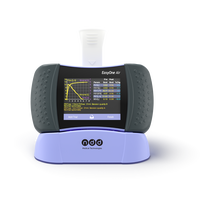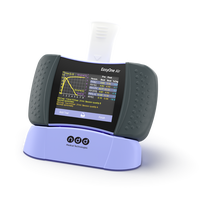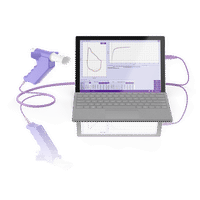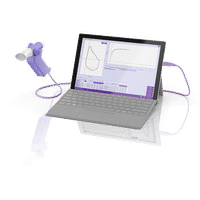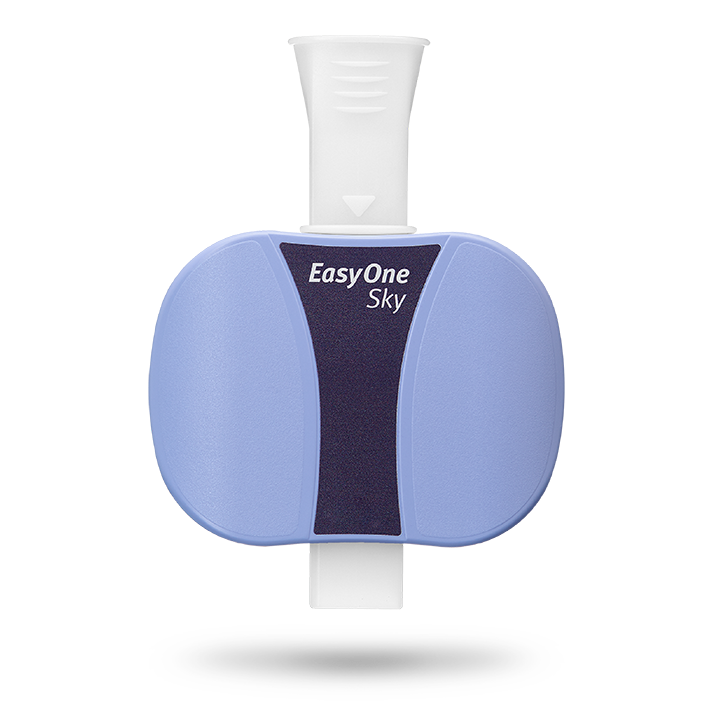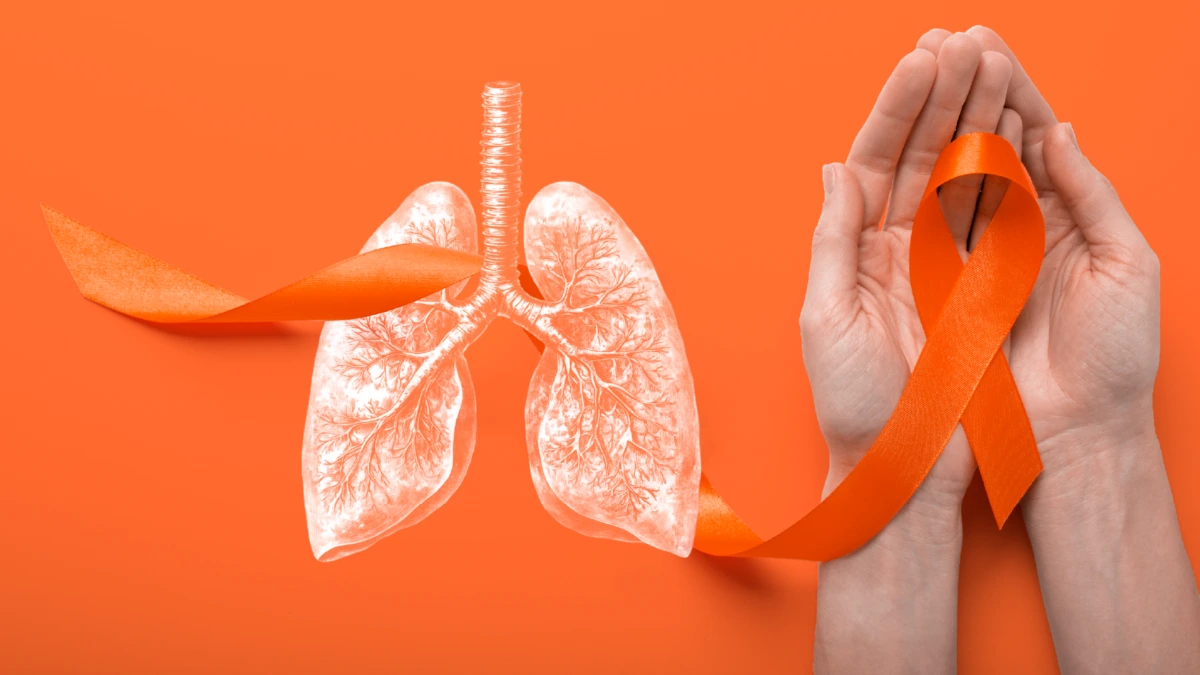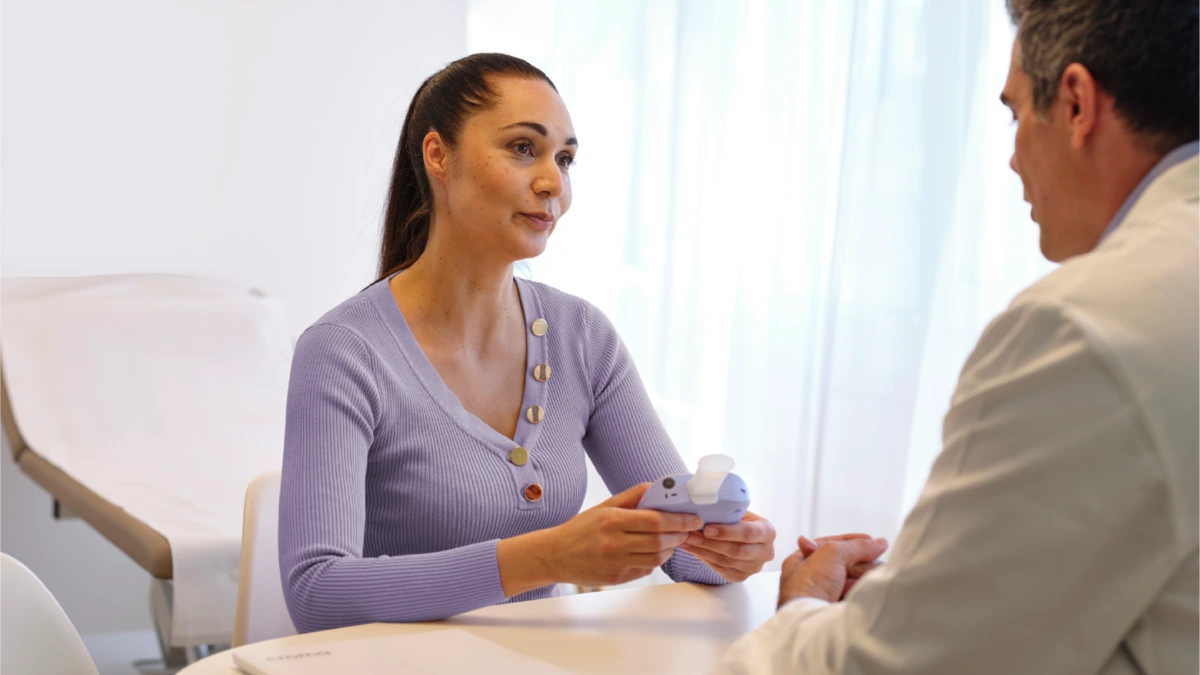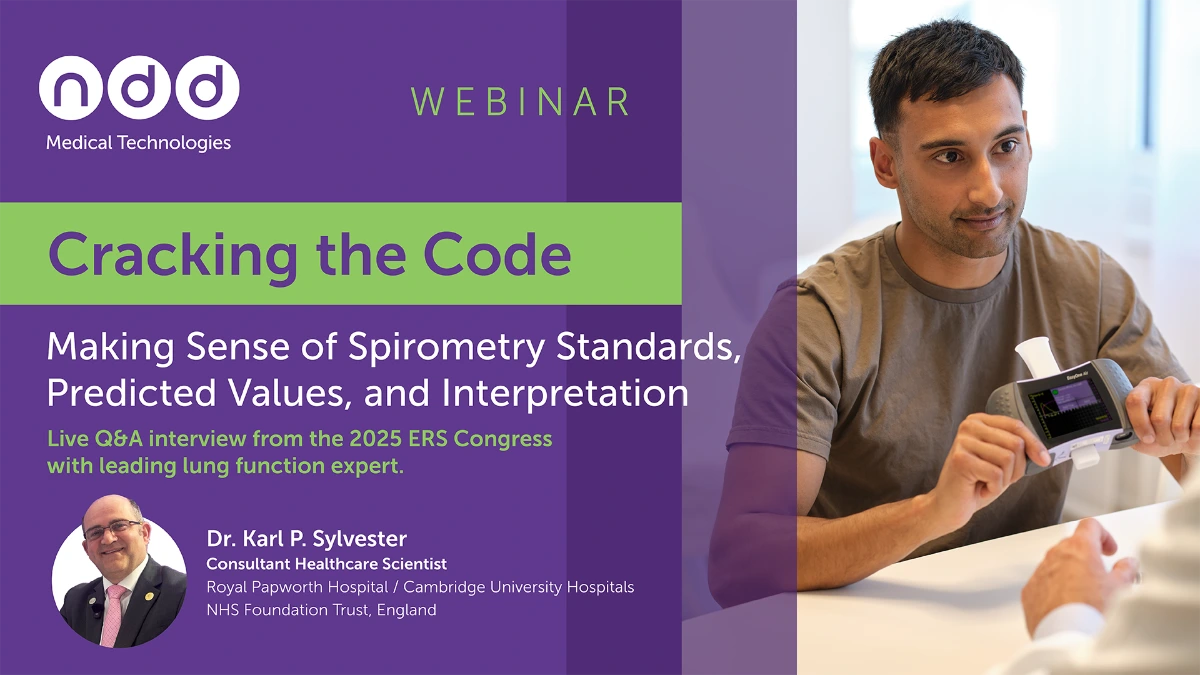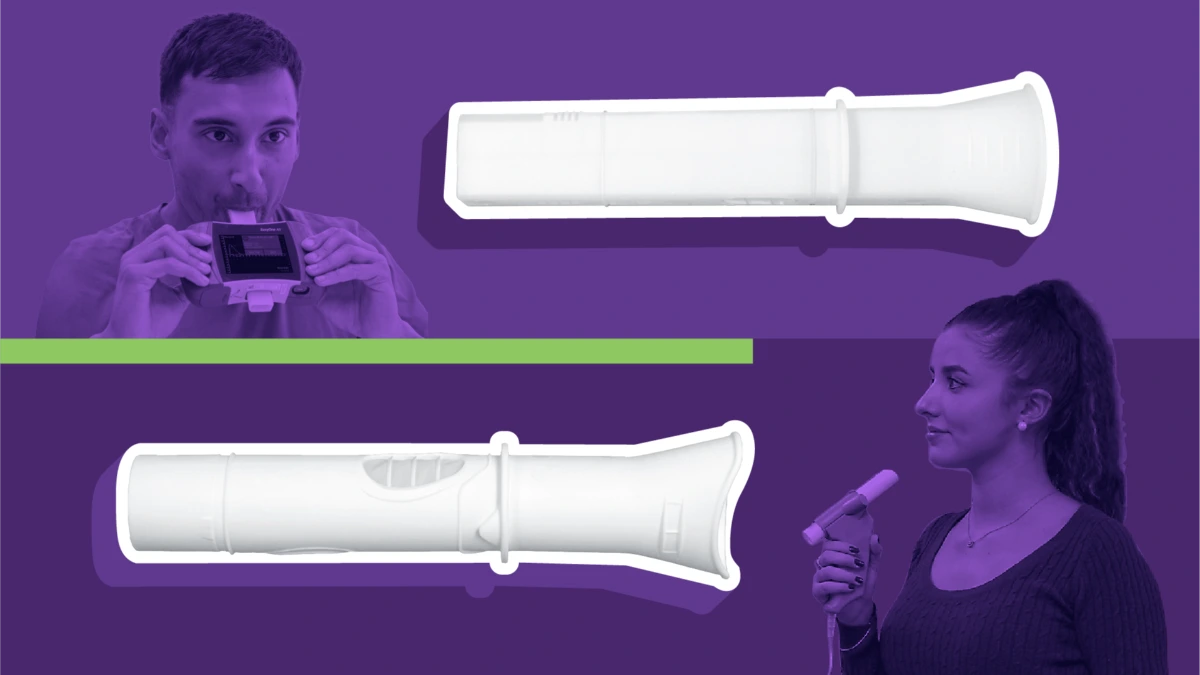Spirometry reimbursement
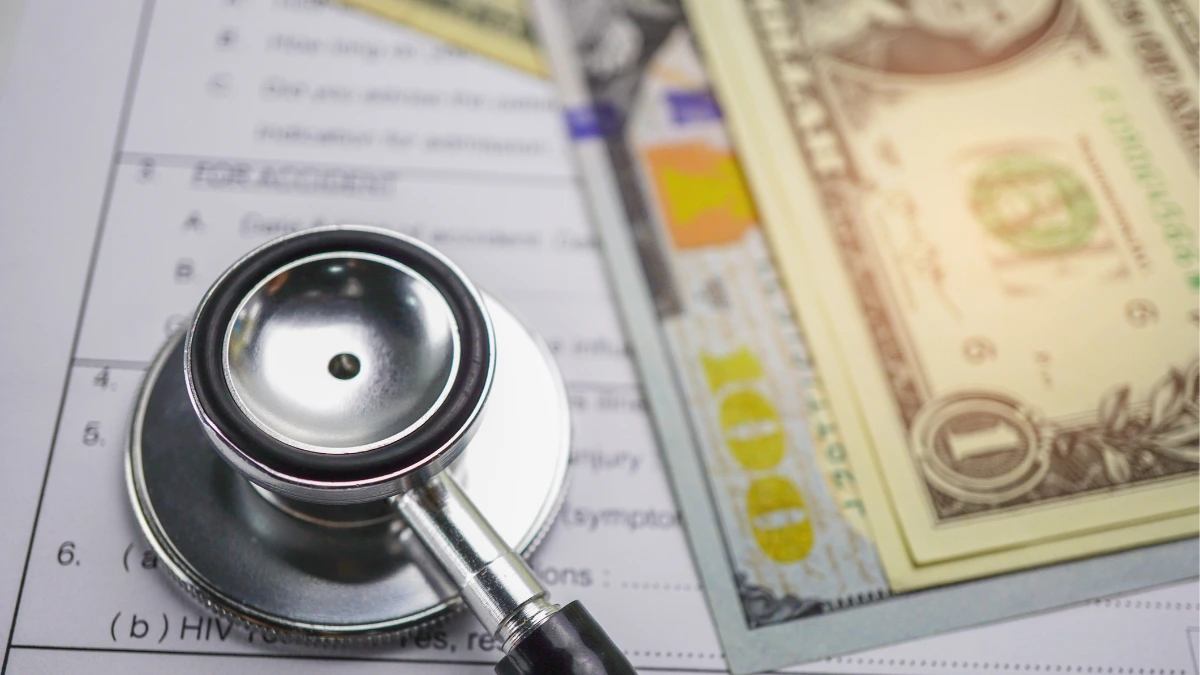
Spirometry testing offers a new source of revenue for your clinic. Discover how to maximize spirometry reimbursement. #
Pulmonary function tests such as spirometry may be intimidating for both patients and clinic staff, but that doesn’t necessarily need to be the case. In fact, purchasing a spirometer is less of an expense and more of an investment, offering your clinic a new source of revenue generation while also enabling your clinic to better diagnose common respiratory conditions.
Spirometry is necessary and commonly relied upon for the diagnosis and management of common chronic pulmonary conditions, including chronic obstructive pulmonary disease (COPD) and asthma. This is not only true of pulmonology clinics but also family care and primary care clinics, which are often the first clinicians that patients with COPD and other chronic respiratory conditions see.
In this blog, we will dive into the minutiae of reimbursement and why your clinic should invest in a spirometry device.
Why Reimbursement Matters #
Much must be considered before purchasing any medical device, including spirometers. Cost, portability, and reliability are just a few of the criteria that goes into evaluating whether to purchase a spirometry device at all as well as which manufacturer or device model. It’s also important to evaluate the opportunity for reimbursement, which can offset the financial decision to purchase — and generate a new stream of revenue!
EasyOne spirometry machines - tailored solutions for every practice.
Explore our spirometry machines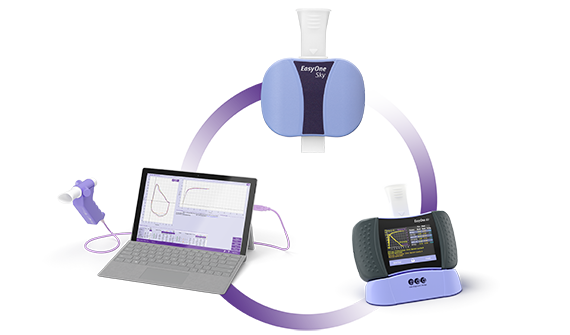
Overview of Spirometry Reimbursement #
Reimbursement for spirometry of course depends on the test ordered, but the average is about $41.* Below is a table showing the average reimbursement amounts for common spirometry tests based on United States Medicare rates as of January 2025. Understanding these rates is necessary as your clinic evaluates whether it’s worth investing in a spirometer.
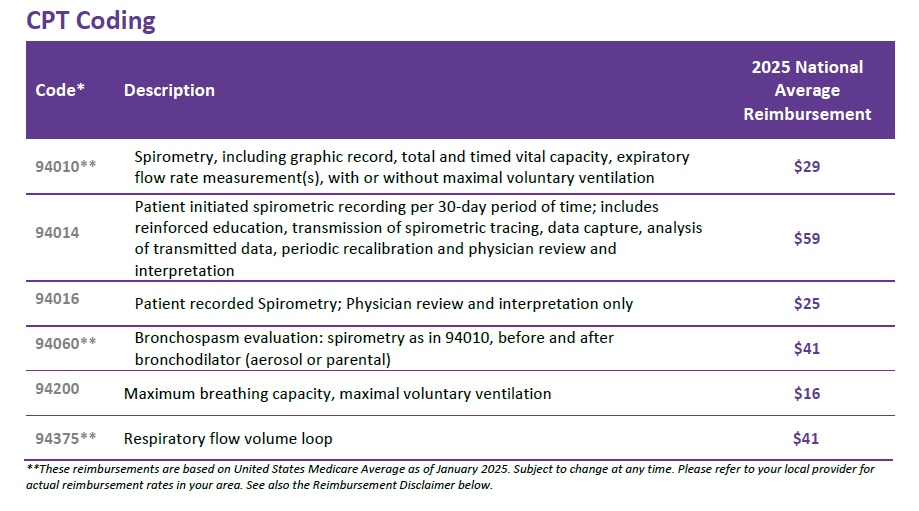
Why purchasing a spirometer is an investment: How quickly can your clinic recuperate the cost? #
Let’s consider the specifics. First, some assumptions: A spirometer costs about $3,000 and the average reimbursement rate for common spirometry tests is about $41. That means it takes about 72 spirometry tests to break even on your investment. If you’re assessing even two people for respiratory conditions a day each month (20 clinic days), you’ve recuperated your investment in less than two months while also enabling your clinic to better assess and treat your patients with common pulmonary diseases!
In the long run, the financial benefit of offering spirometry testing in-house is even more promising:
If your clinic is performing five tests a week, your clinic can generate more than $54,000 in revenue over 5 years, an approximate return on investment (ROI) of up to 1,720%!
We recommend that you use our ROI calculator to assess your clinic’s potential returns. Our ROI calculator allows you to input the number of each of the different types of tests your clinic is performing a week, which should give you a more specific estimate of your potential returns.

Conclusion #
Spirometry is an important clinical asset for evaluating acute and chronic respiratory conditions and a necessary one for ensuring accurate diagnoses.
It’s also beneficial for your clinic from a financial perspective: Spirometry offers a revenue stream that enables your clinic to be a stronger provider to your patients and community.
For all your spirometry needs, consider the ndd EasyOne spirometry solutions.
*These reimbursements are based on United States Medicare Average as of January 2025. Subject to change at any time. Please refer to your local provider for actual reimbursement rates in your area. See also the Reimbursement Disclaimer below.
Disclaimer: These reimbursements are based on United States Medicare Average as of January 2025. Subject to change at any time. Please refer to your local provider for actual reimbursement rates in your area. See also the Reimbursement Disclaimer below. The reimbursement information does not constitute professional or legal advice on reimbursement and should be used at your sole liability and discretion. All coding and reimbursement information are subject to change without notice. ndd Medical Technologies does not represent or warrant that any of the information being provided is true or correct and you agree to hold ndd Medical Technologies harmless in the event of any loss, damage, liabilities or claims arising from the use of the reimbursement information provided to you. Before filing any claims, it is the provider’s sole responsibility to verify current requirements and policies with the applicable payer. ndd Medical Technologies is providing this information in an educational capacity with the understanding that we are not engaged or rendering legal or other professional services or advice. ndd Medical does not guaranty Medicare or third-party insurance carrier reimbursement for any of the referenced procedures.
Written by

Tré LaRosa
Tré LaRosa is a consultant, scientist, and writer in the Washington, DC area with extensive experience working in research (basic, translational, and clinical) and on patient-reported outcomes. He has also written extensively on neuroscience, pulmonology, and respiratory conditions, including from the patient perspective. He enjoys learning, reading, writing, spending time outdoors, and telling everybody about his mini golden retriever, Duncan.



